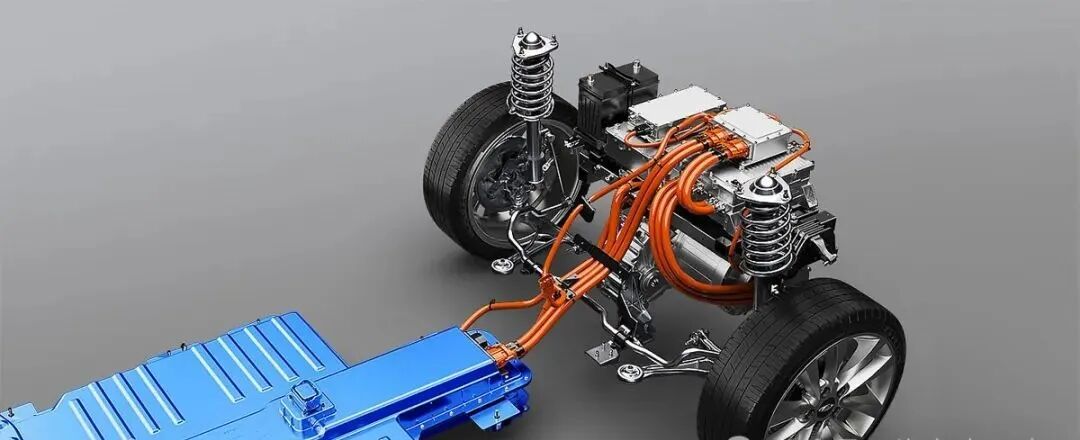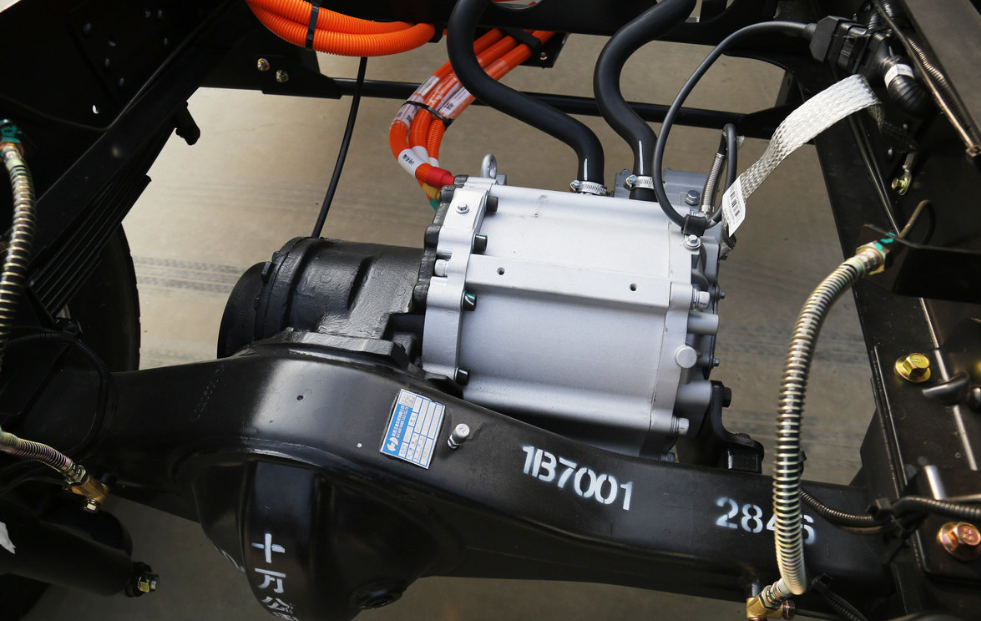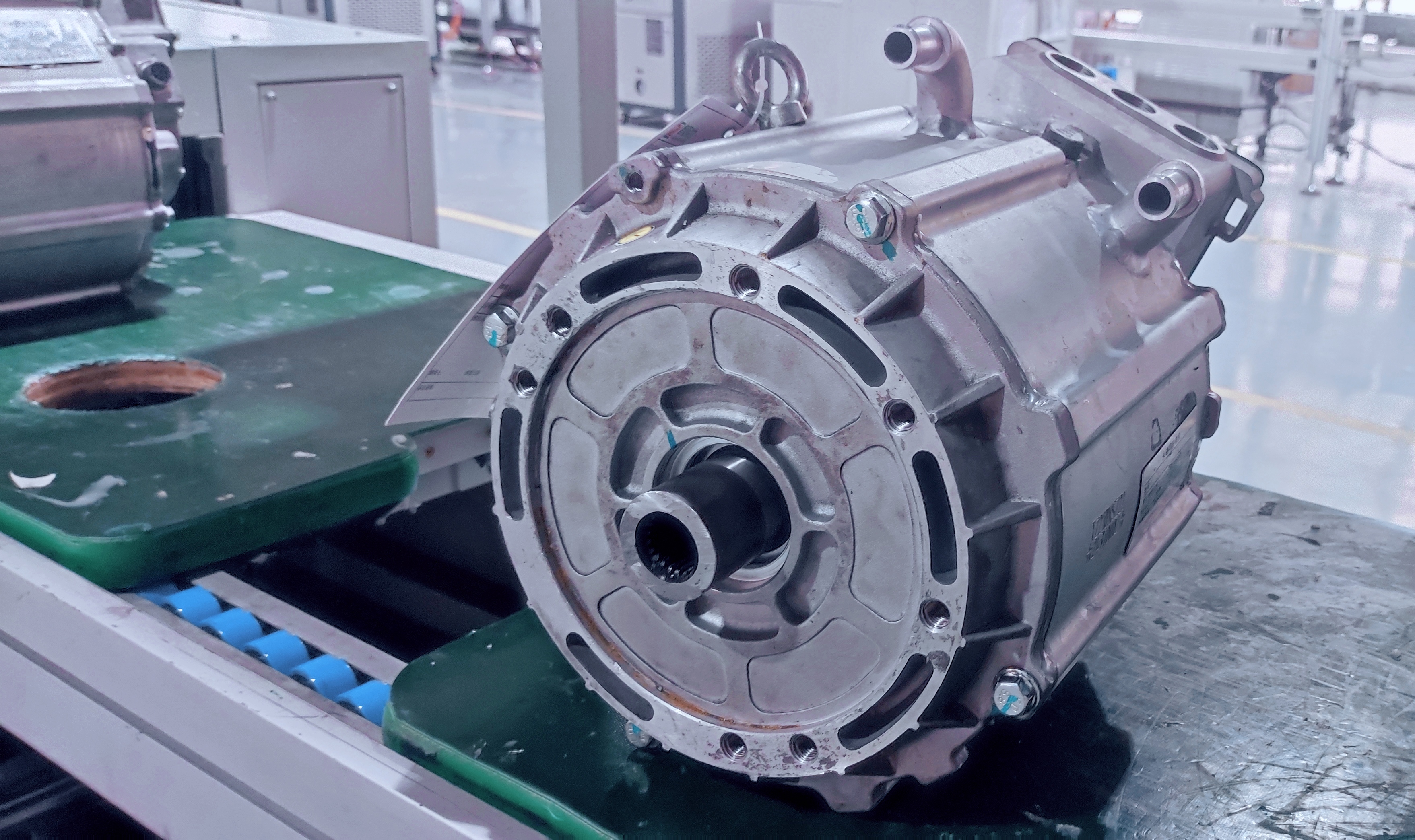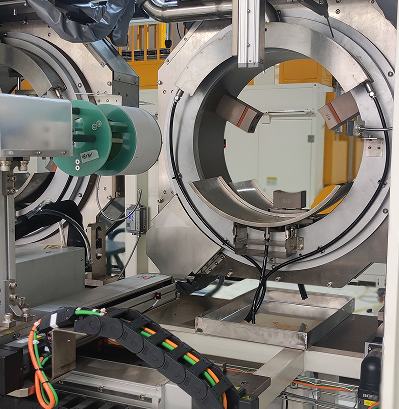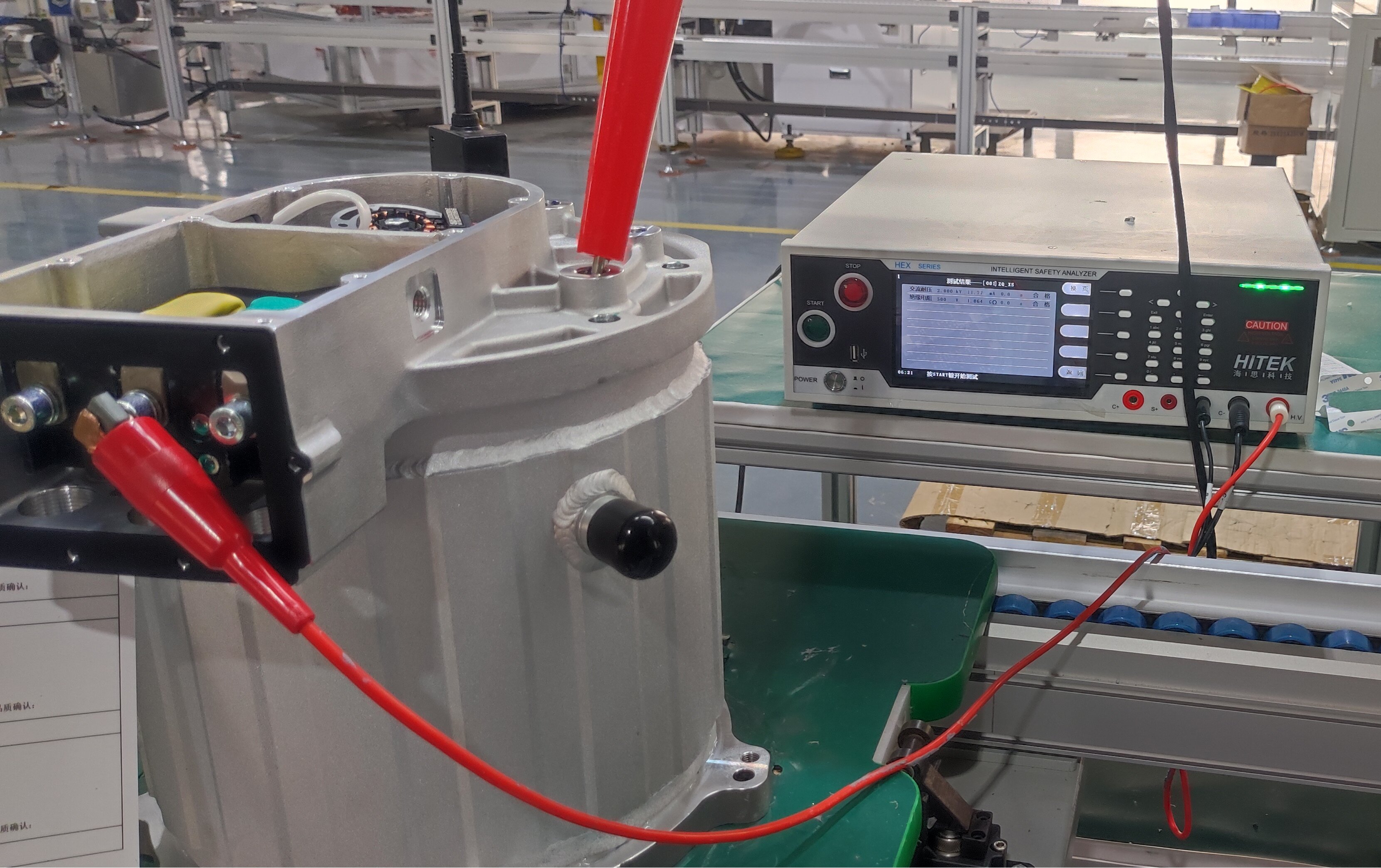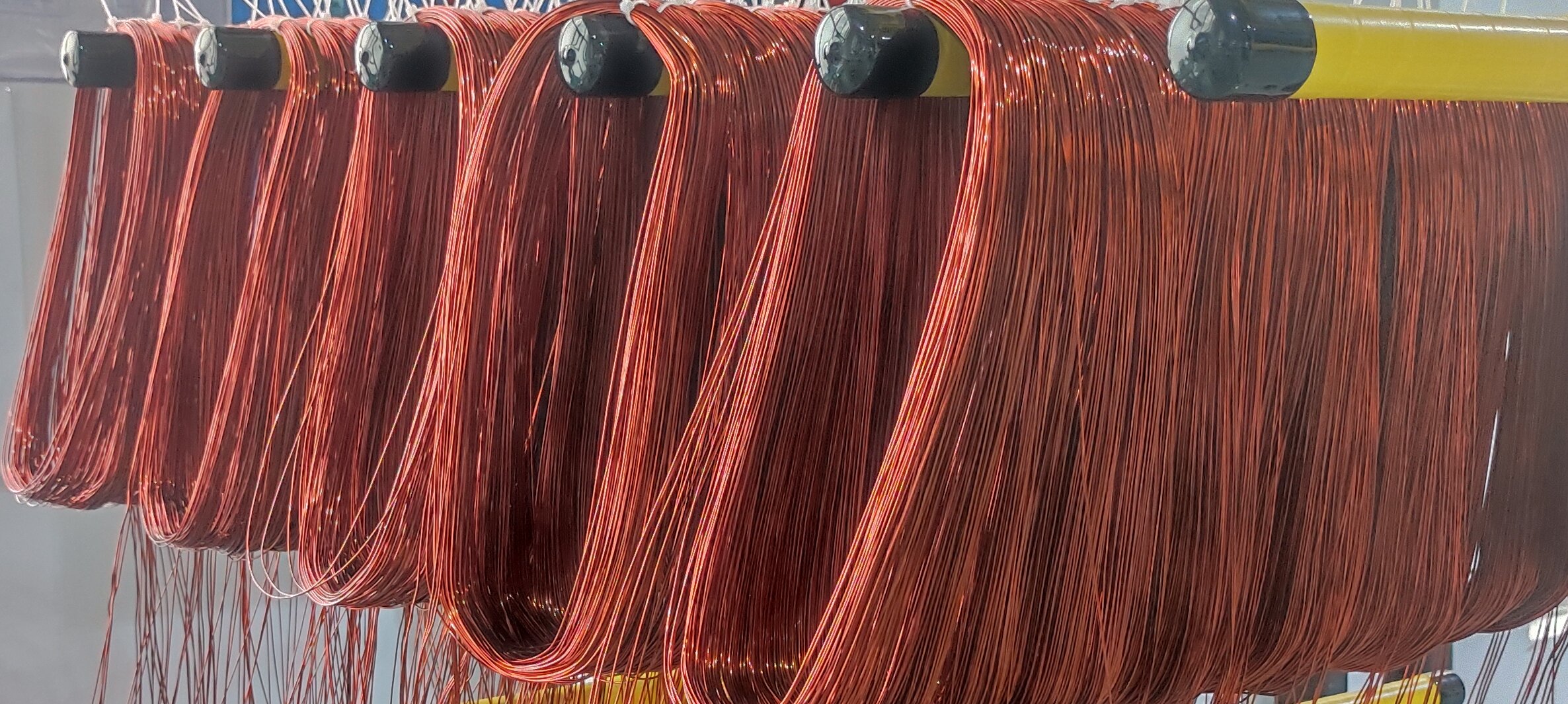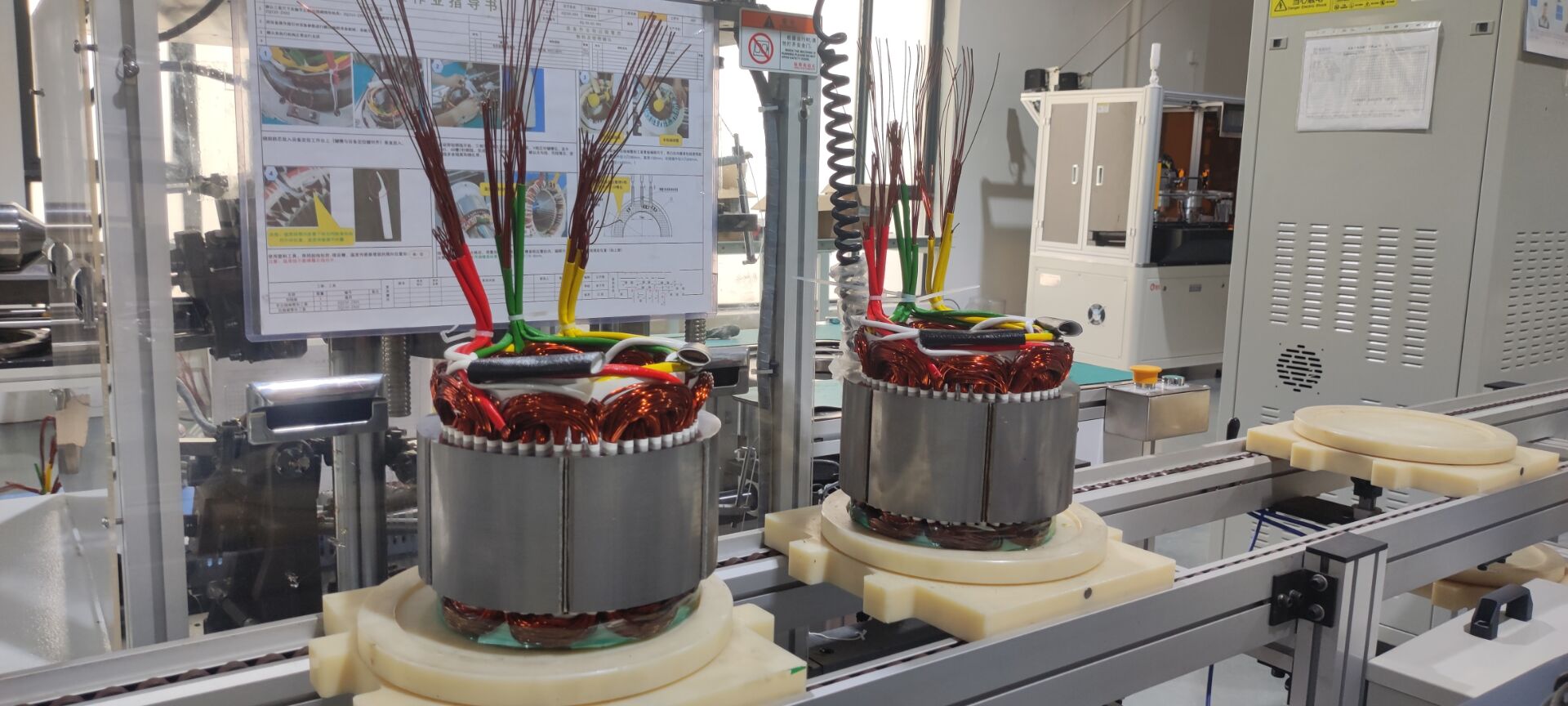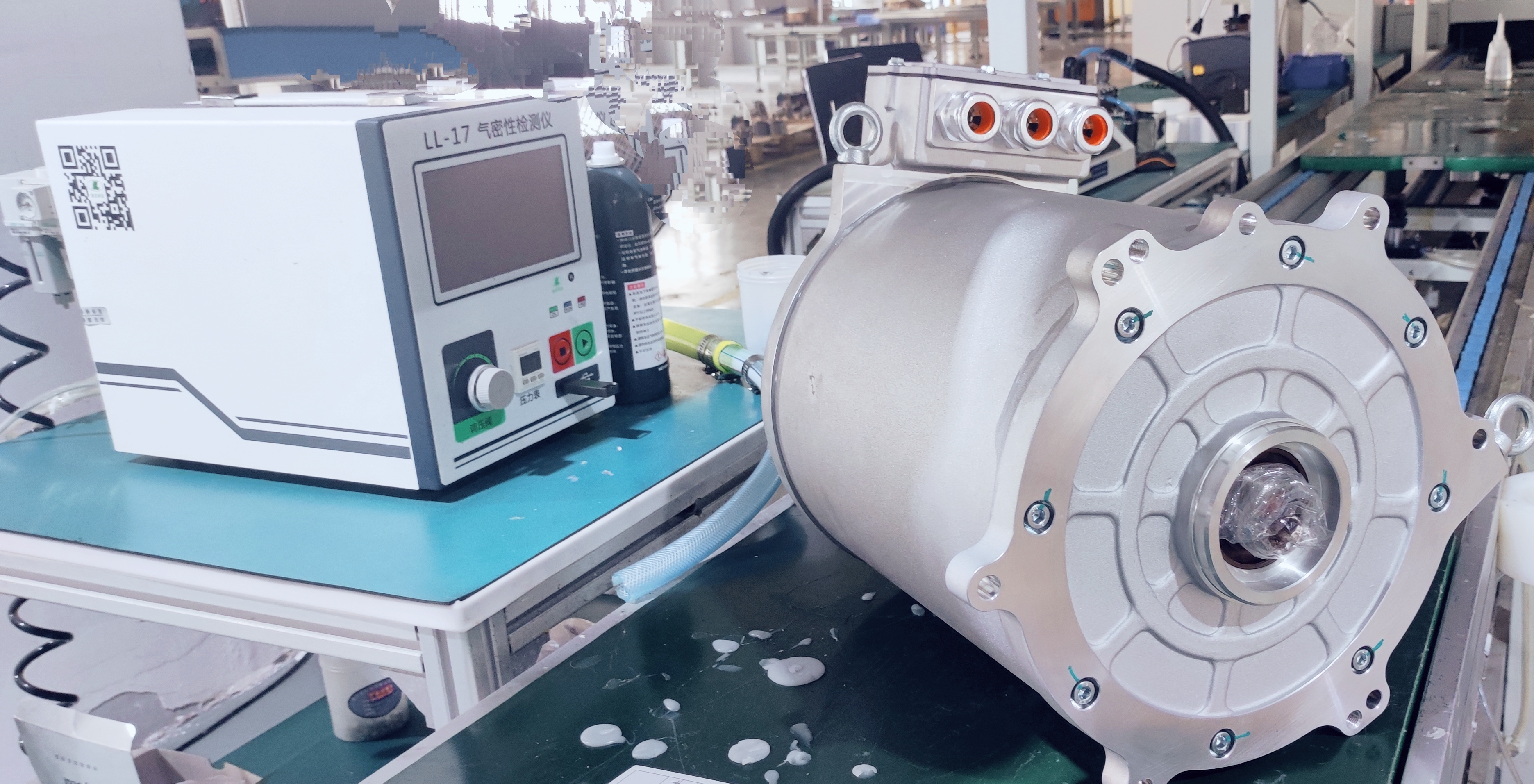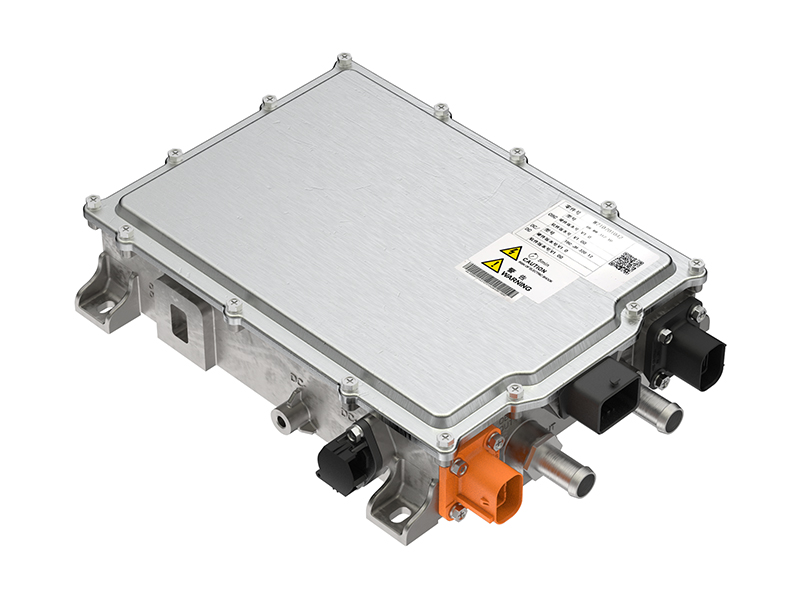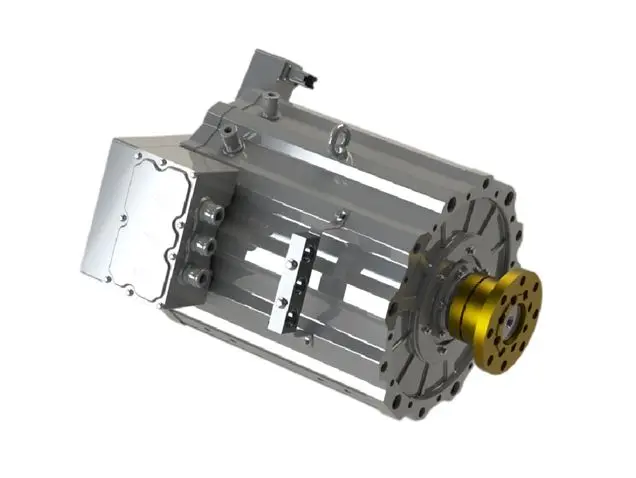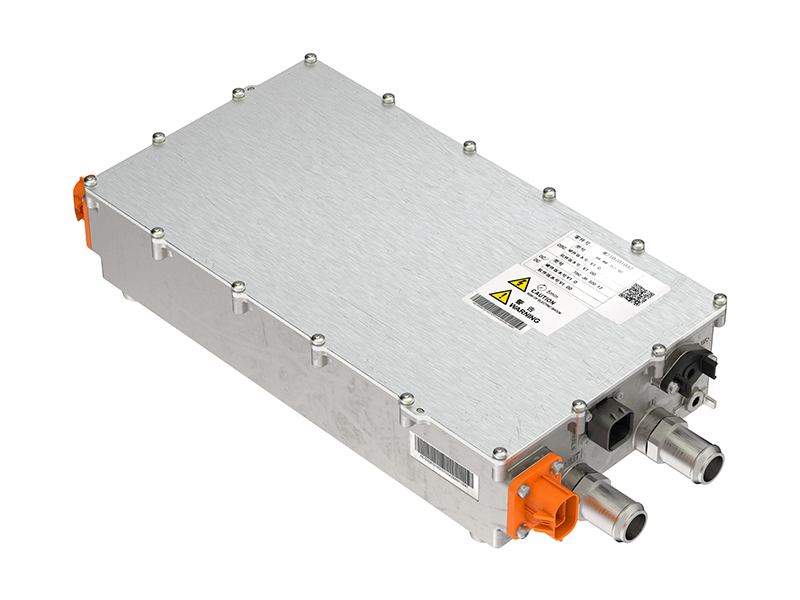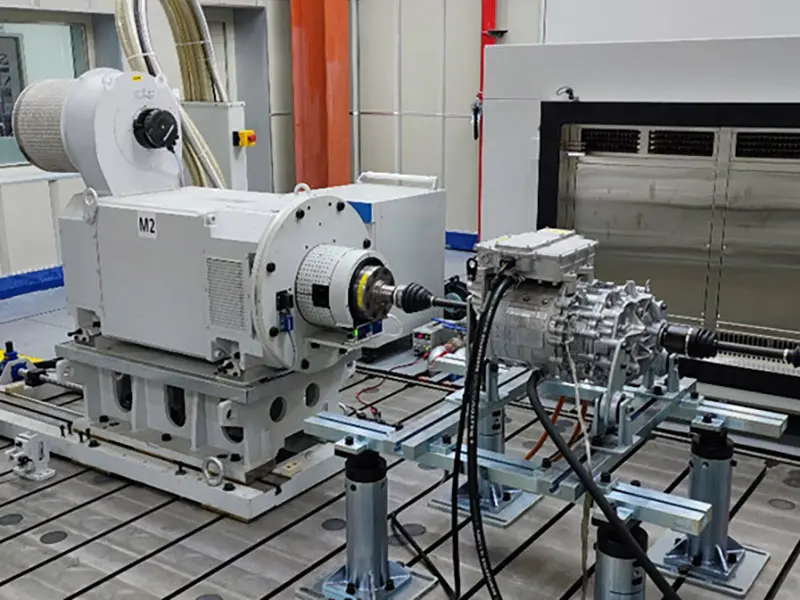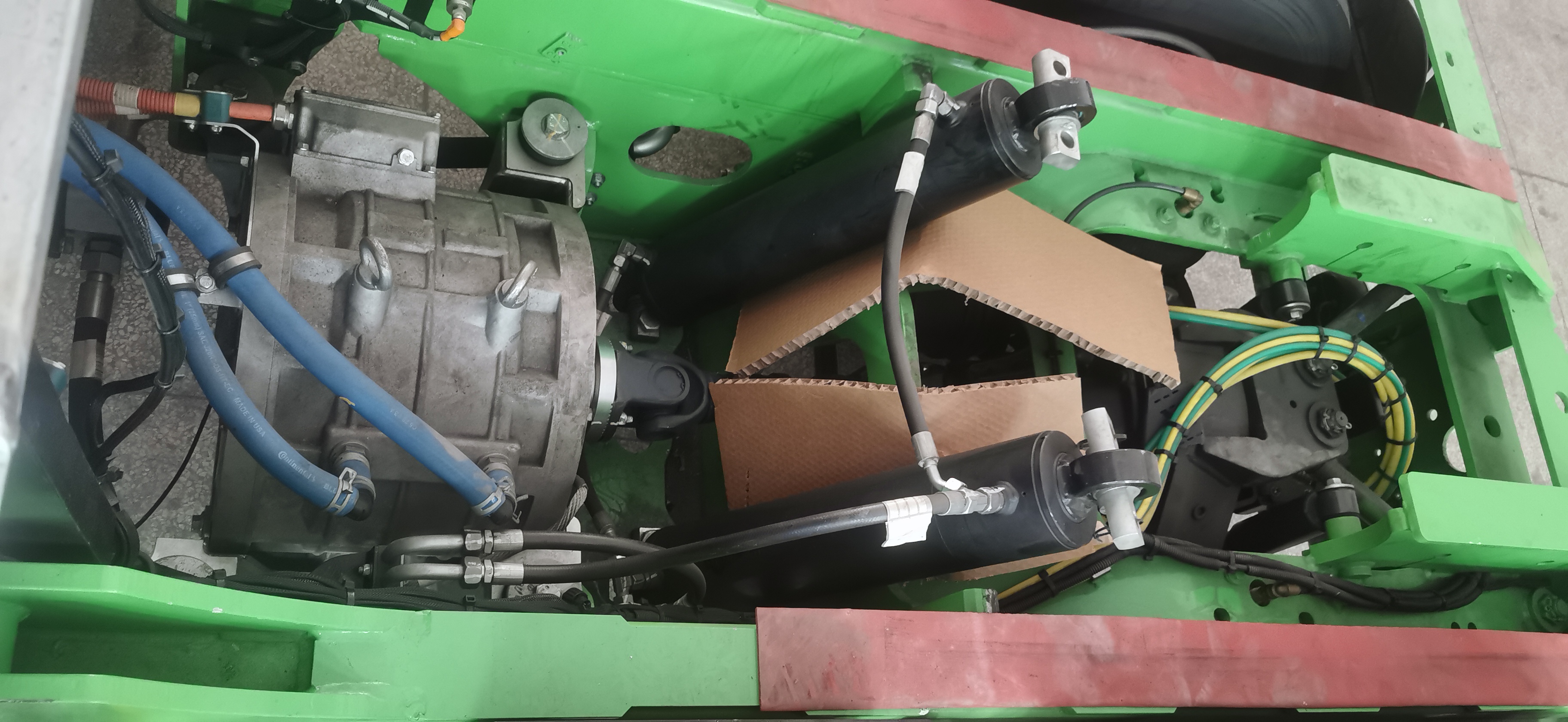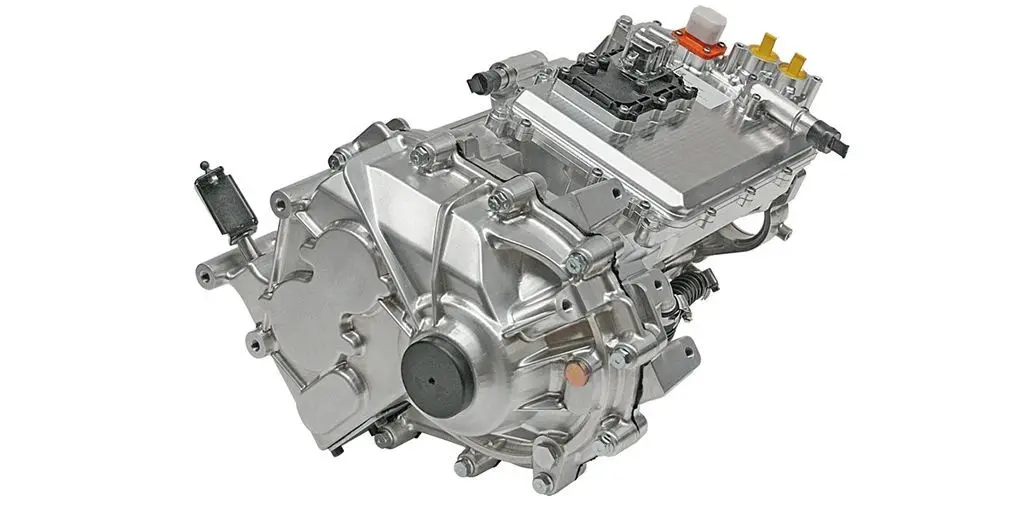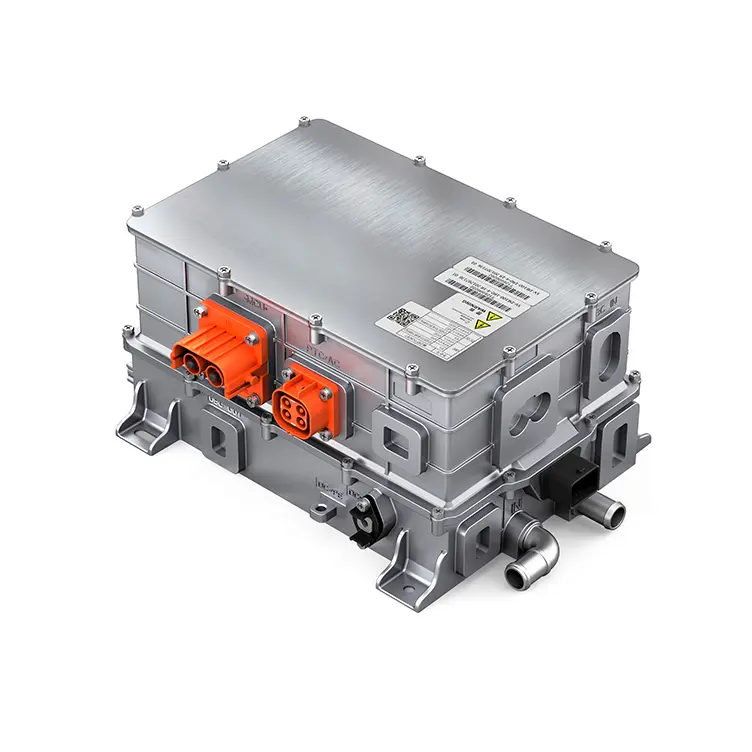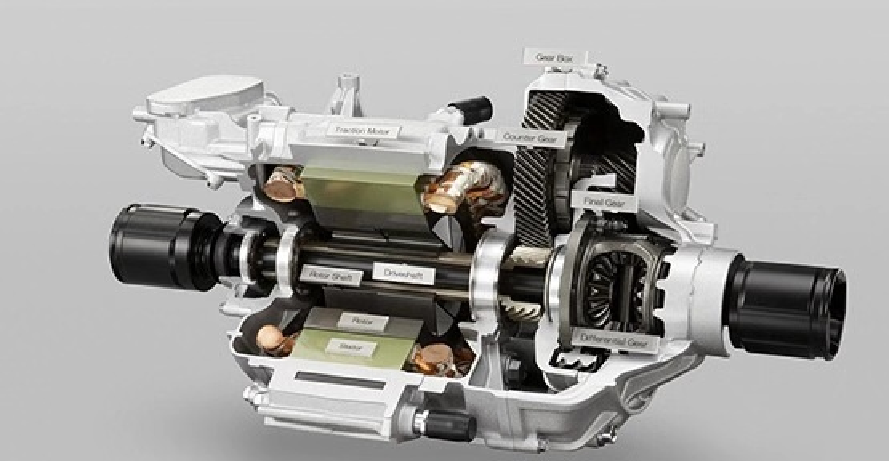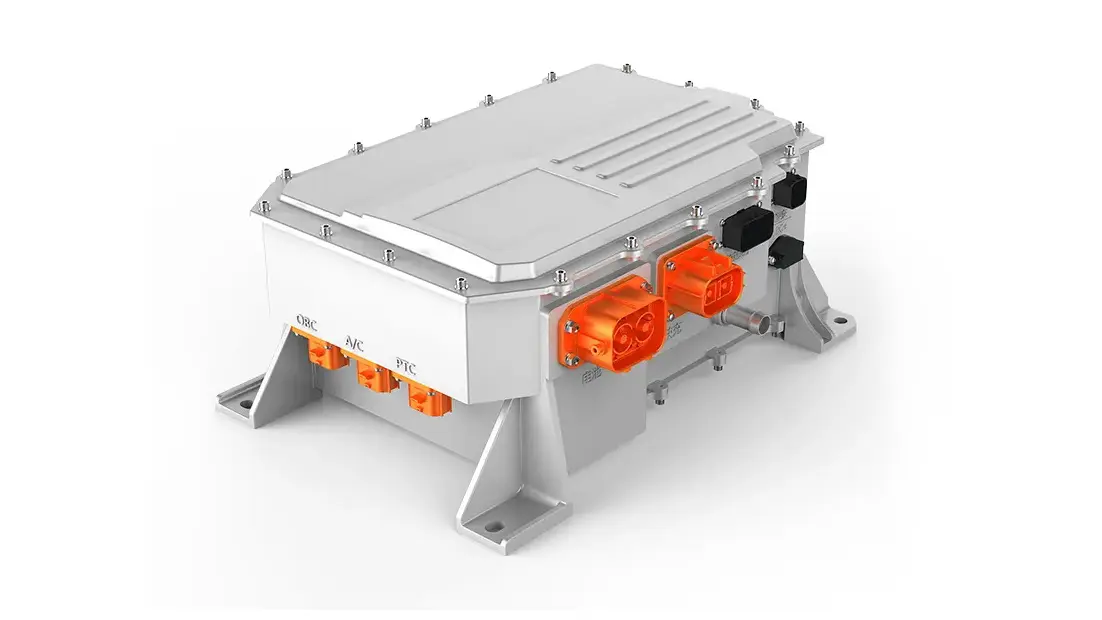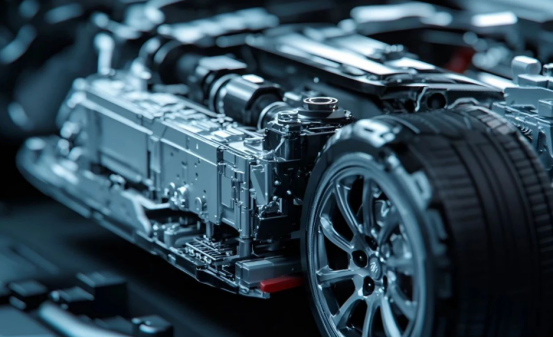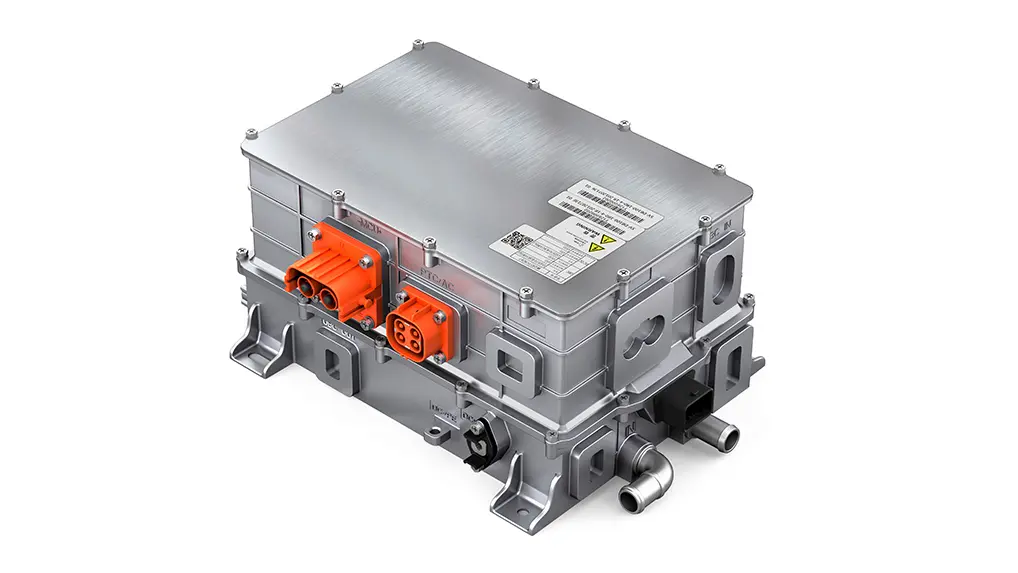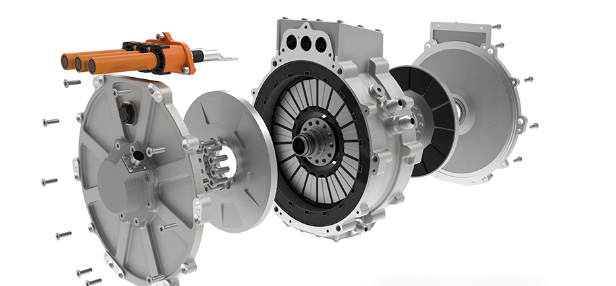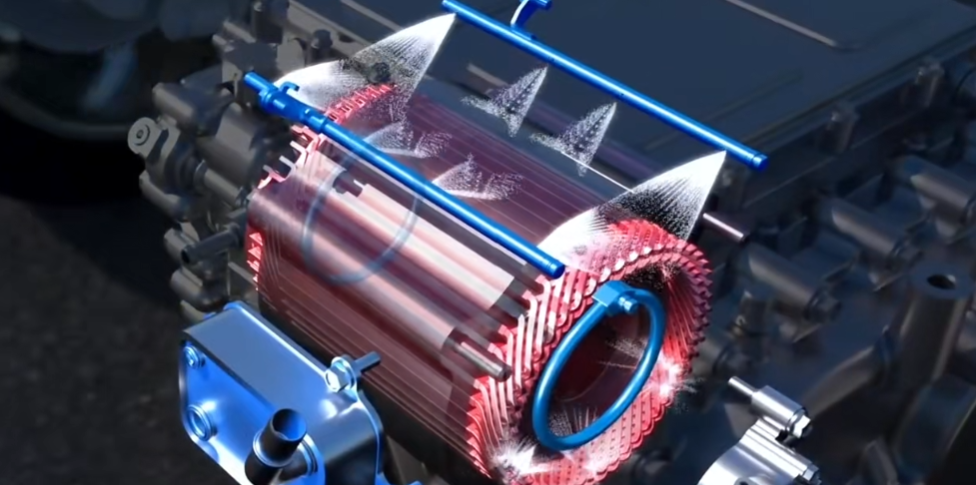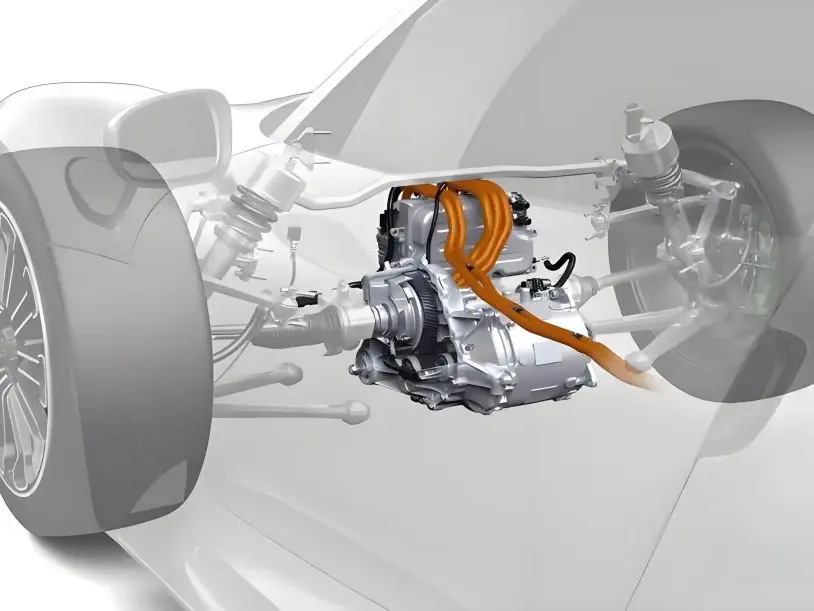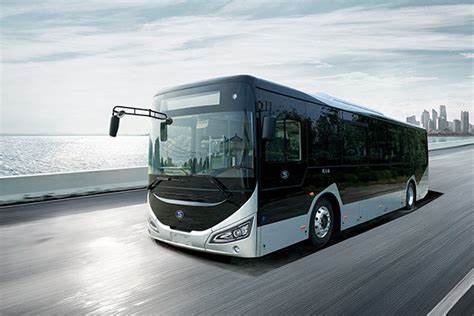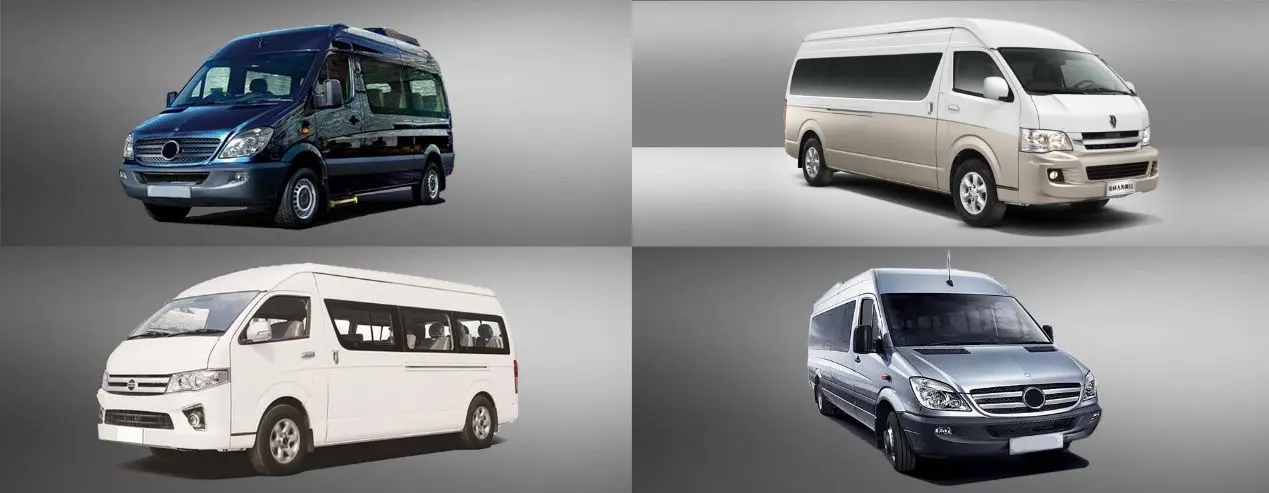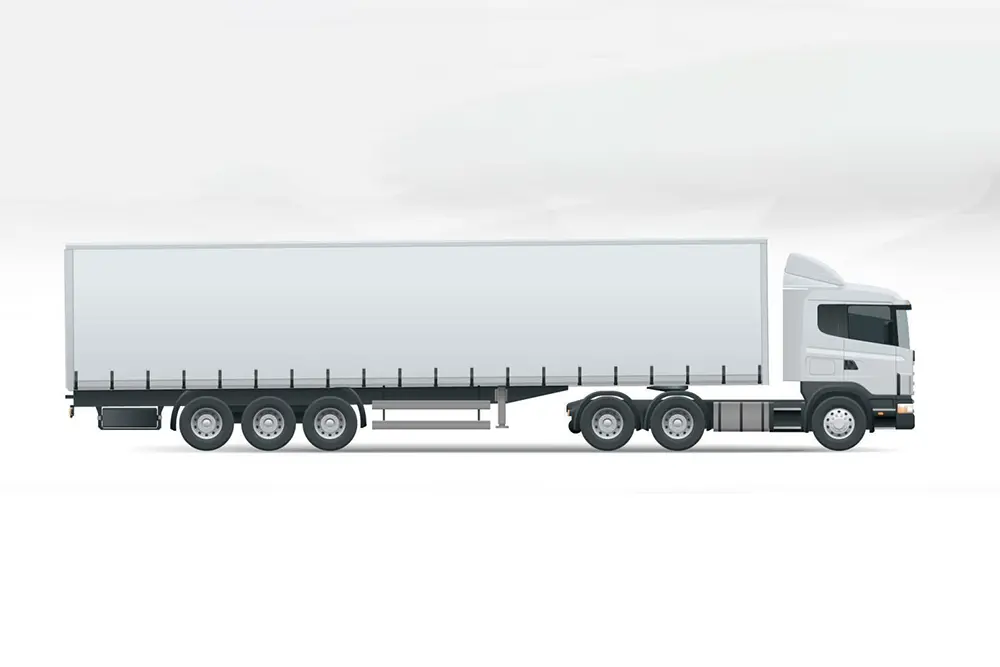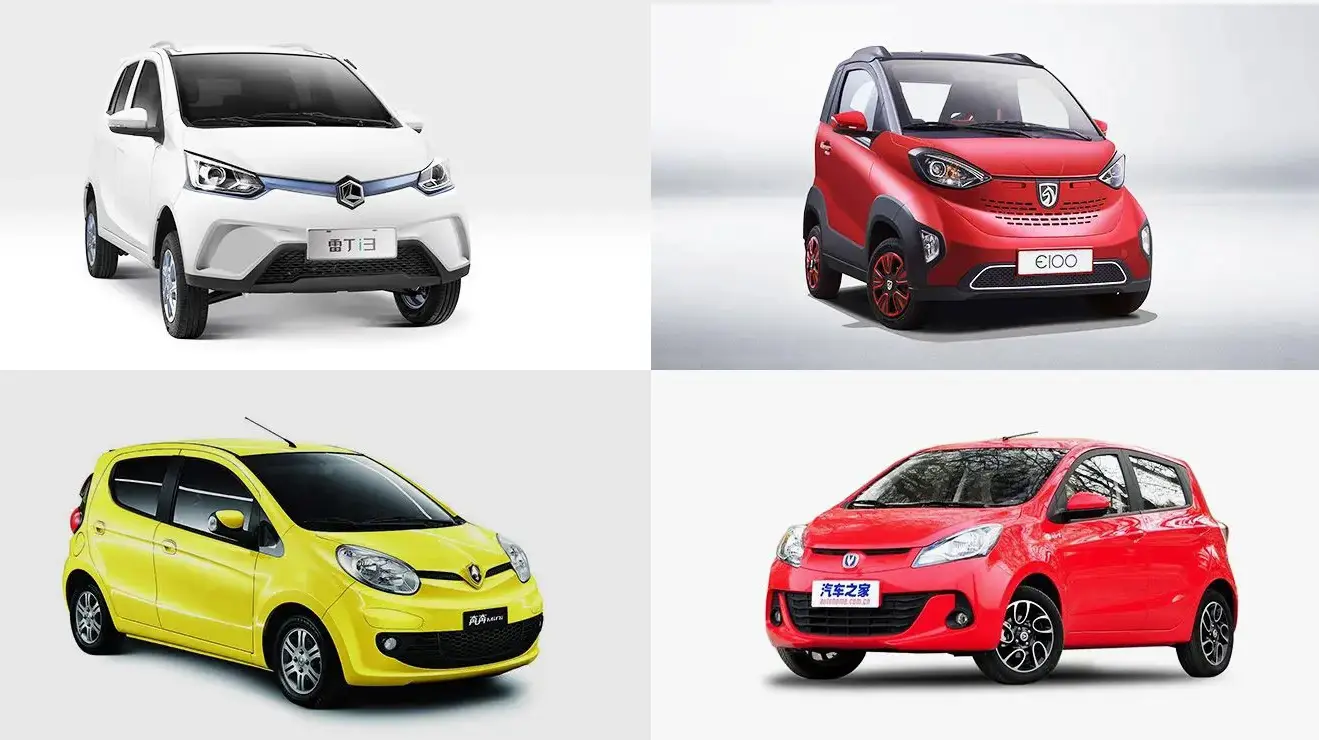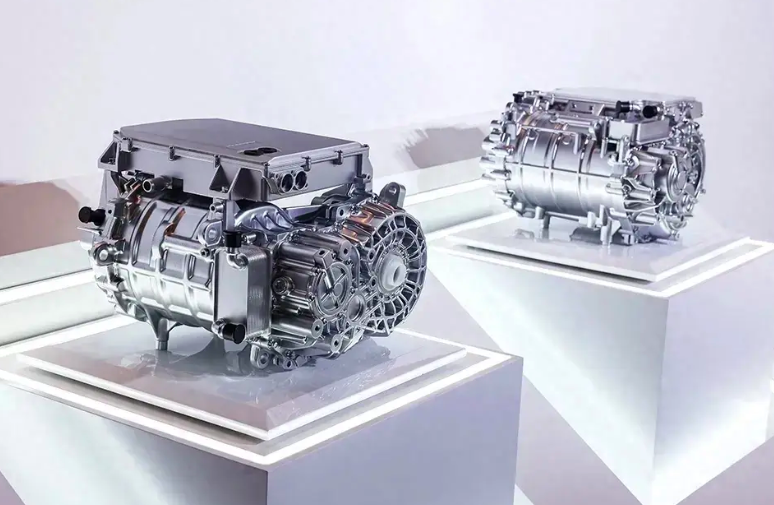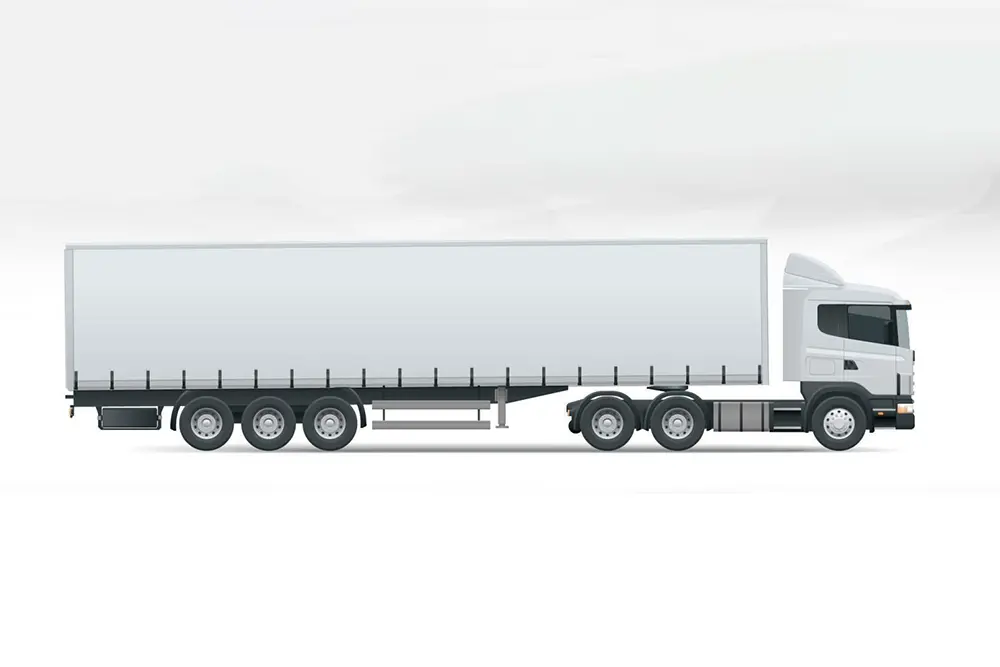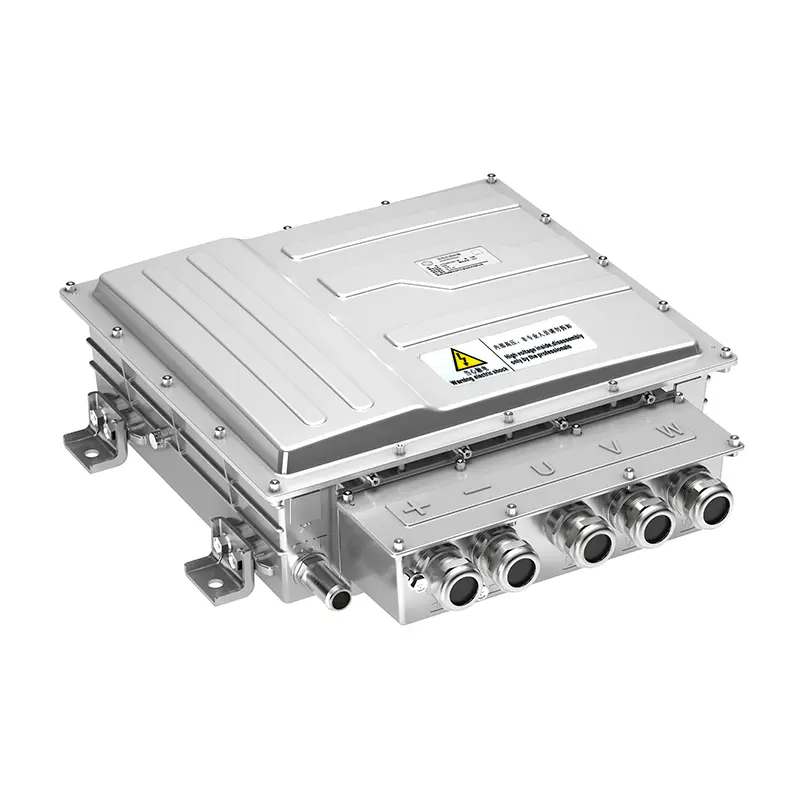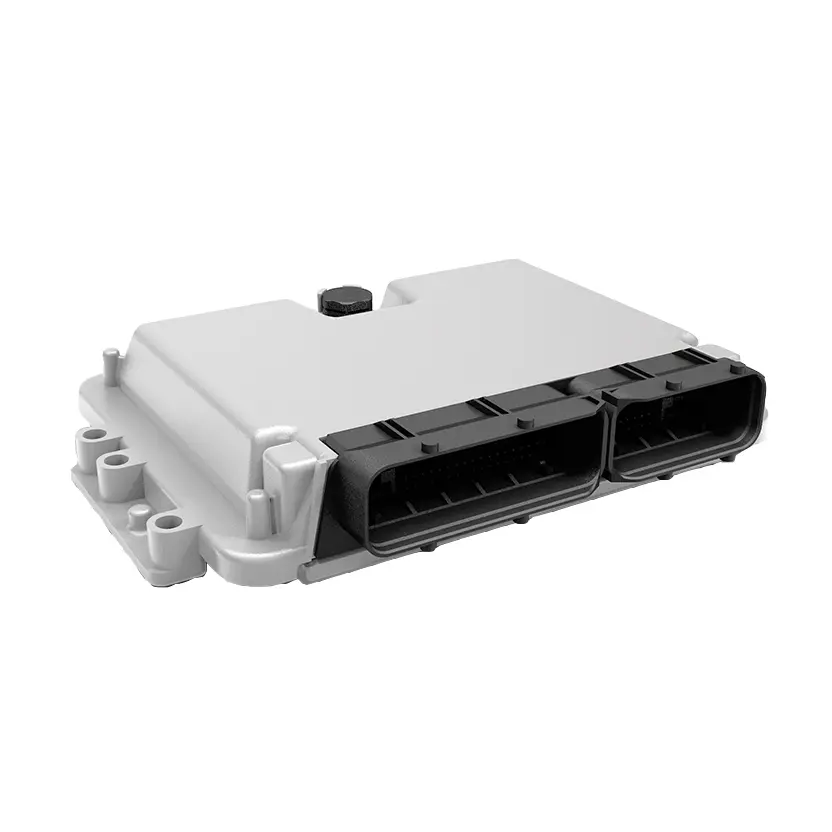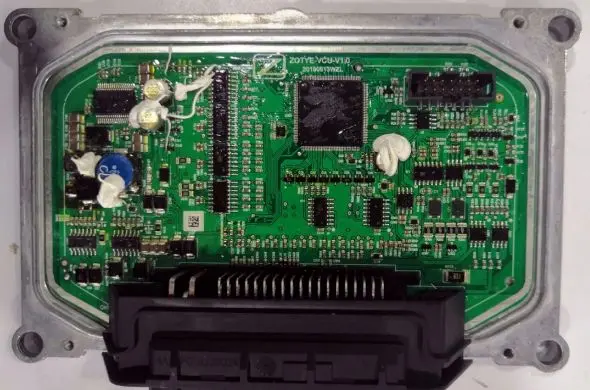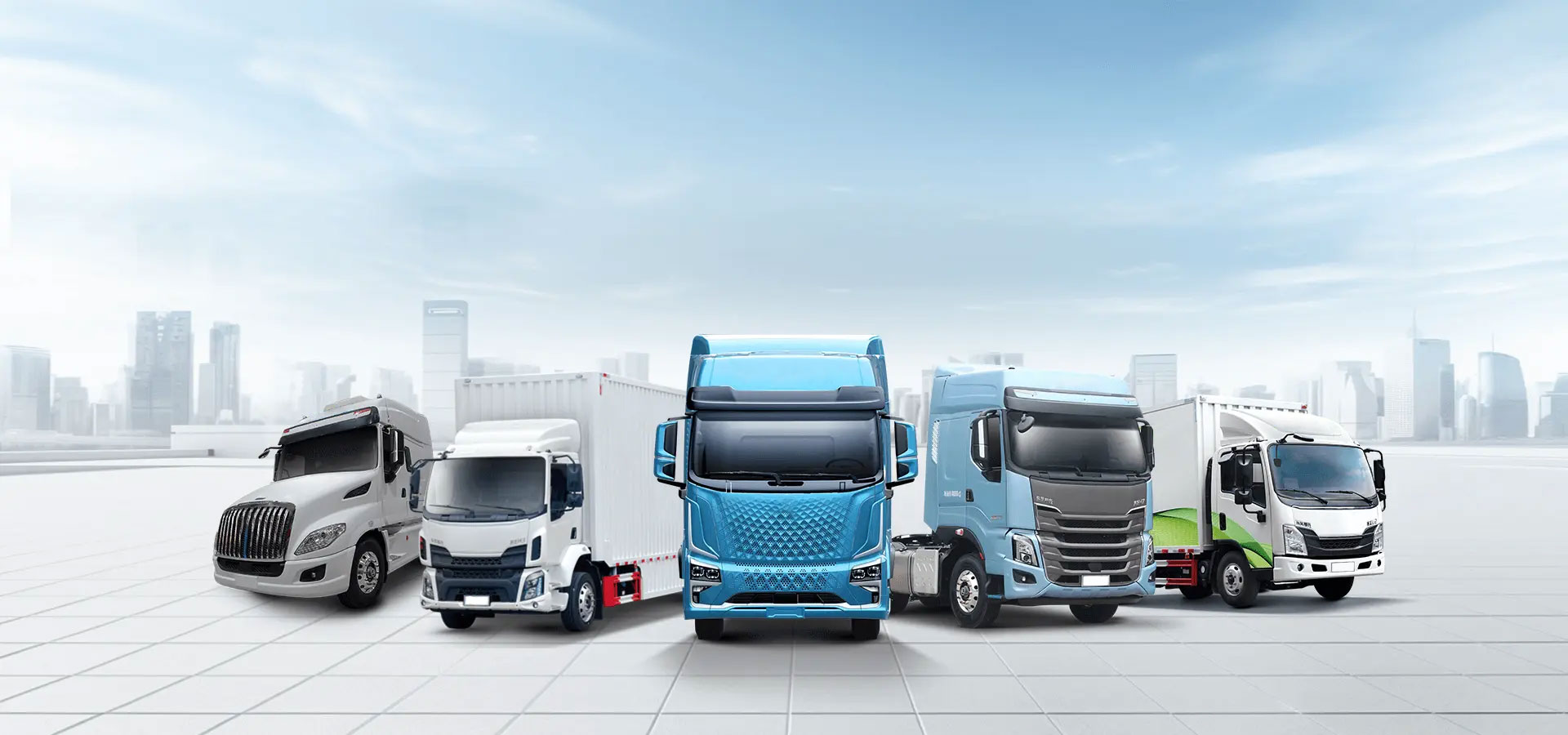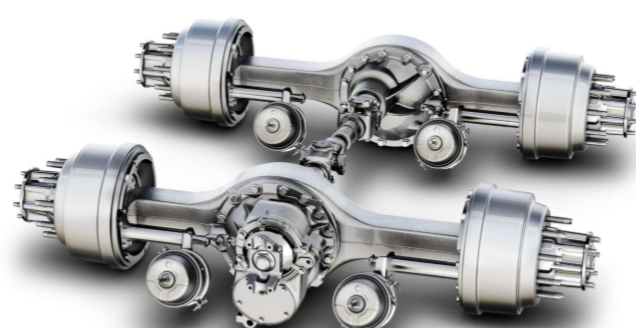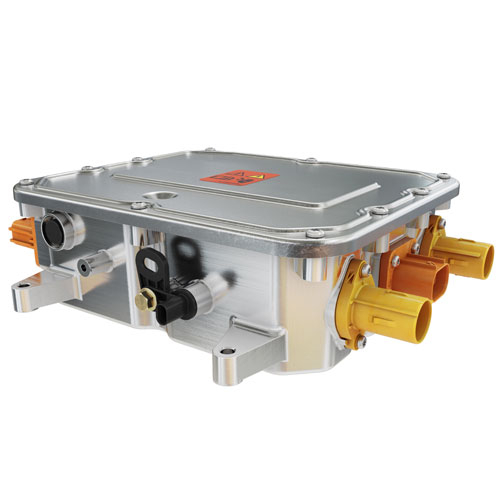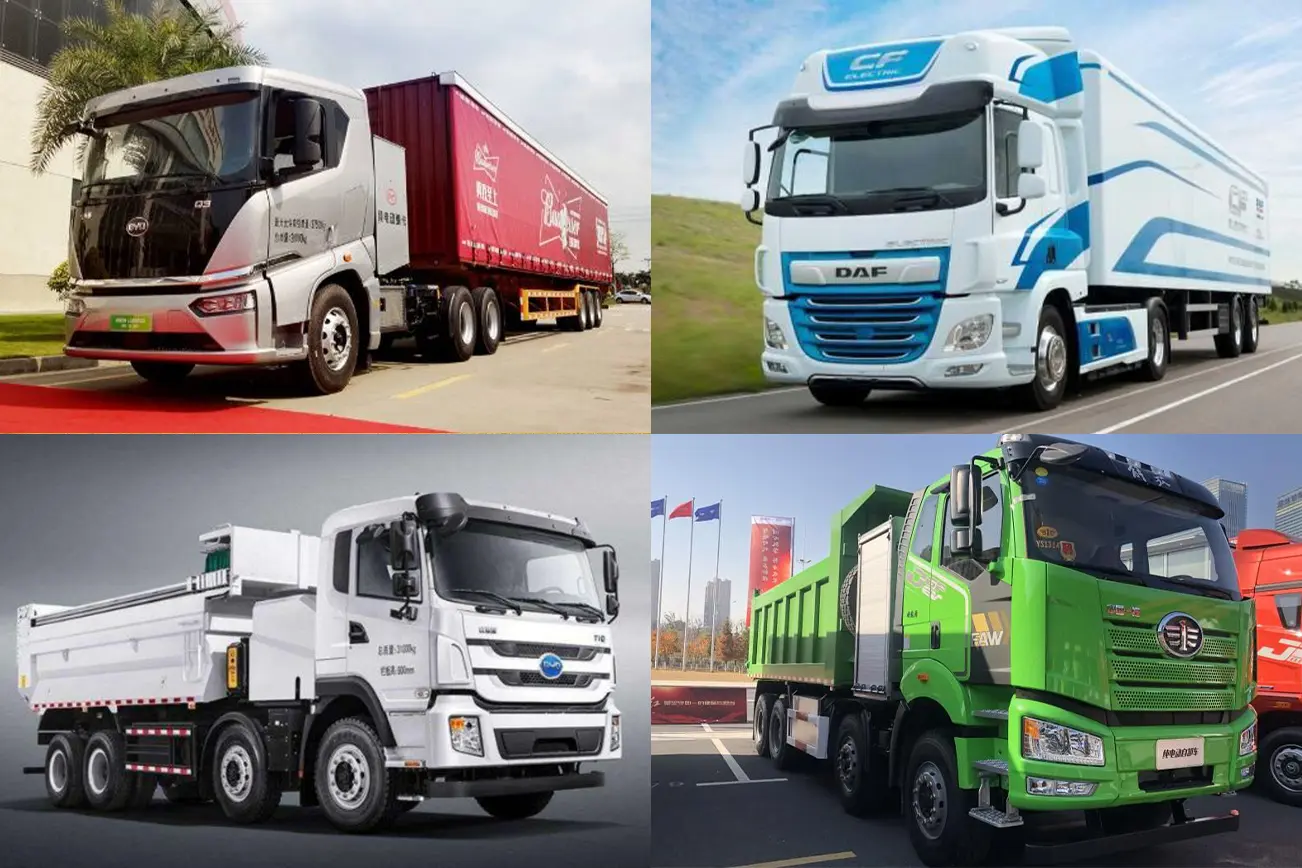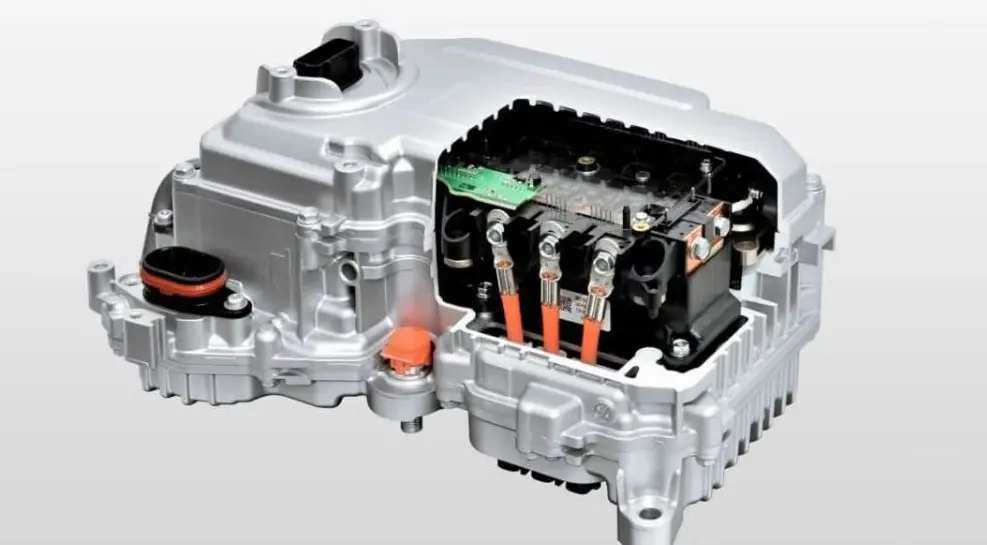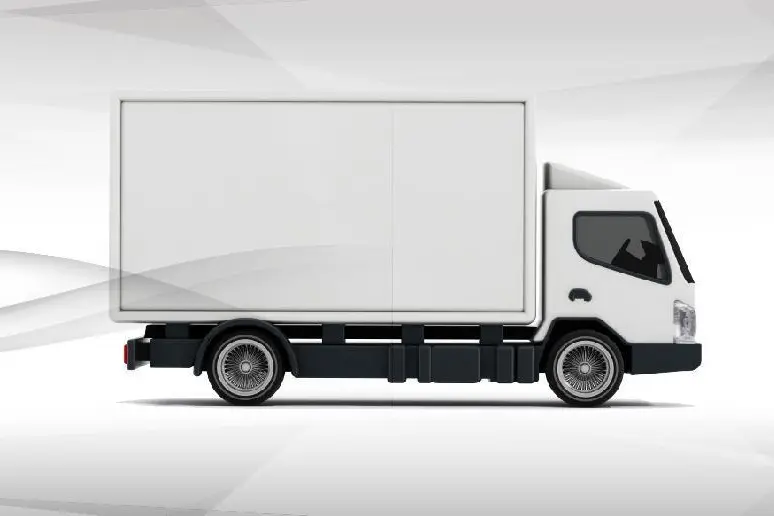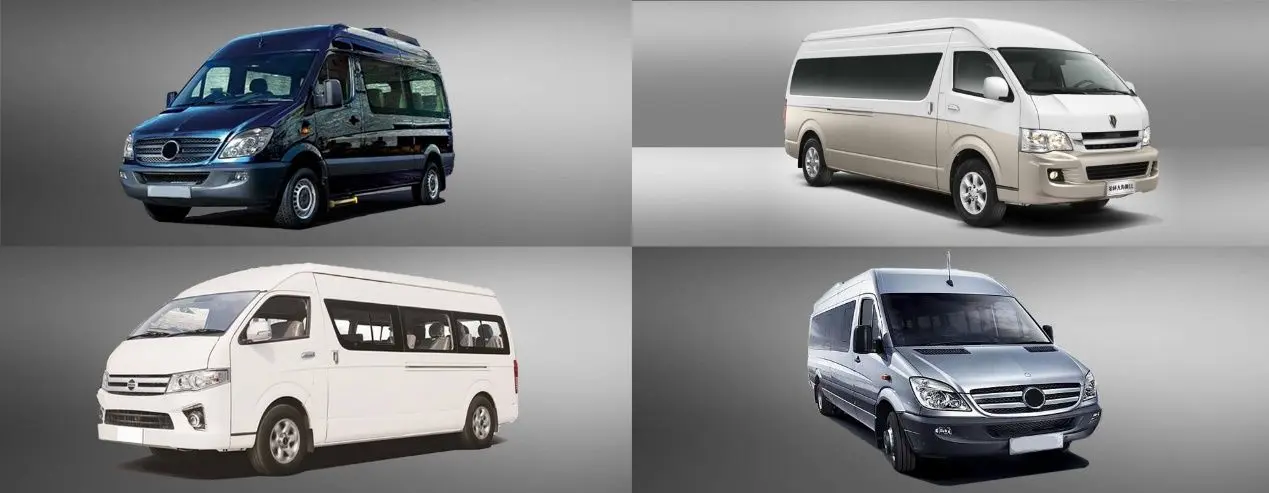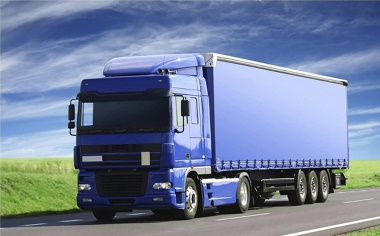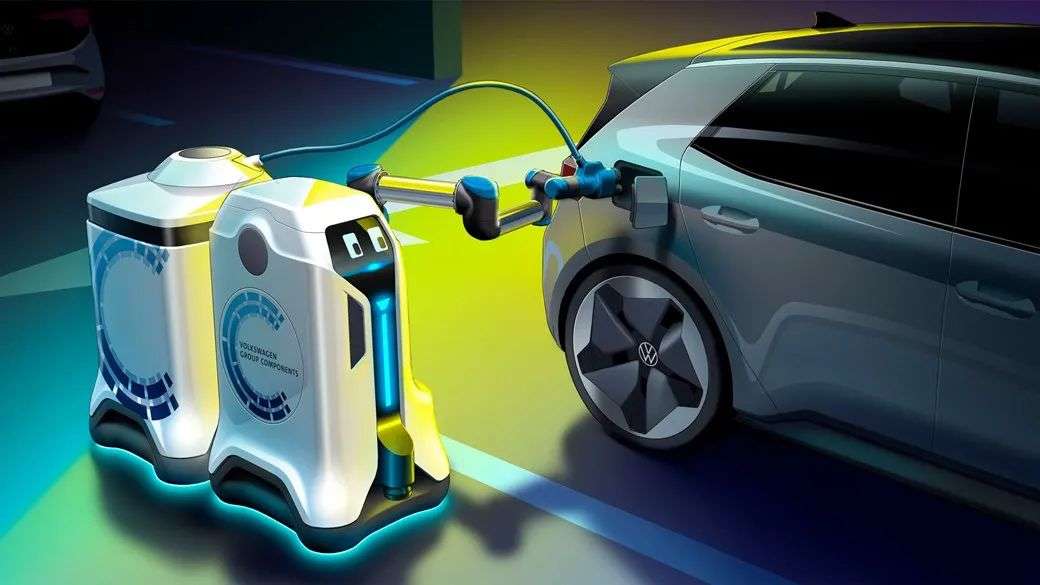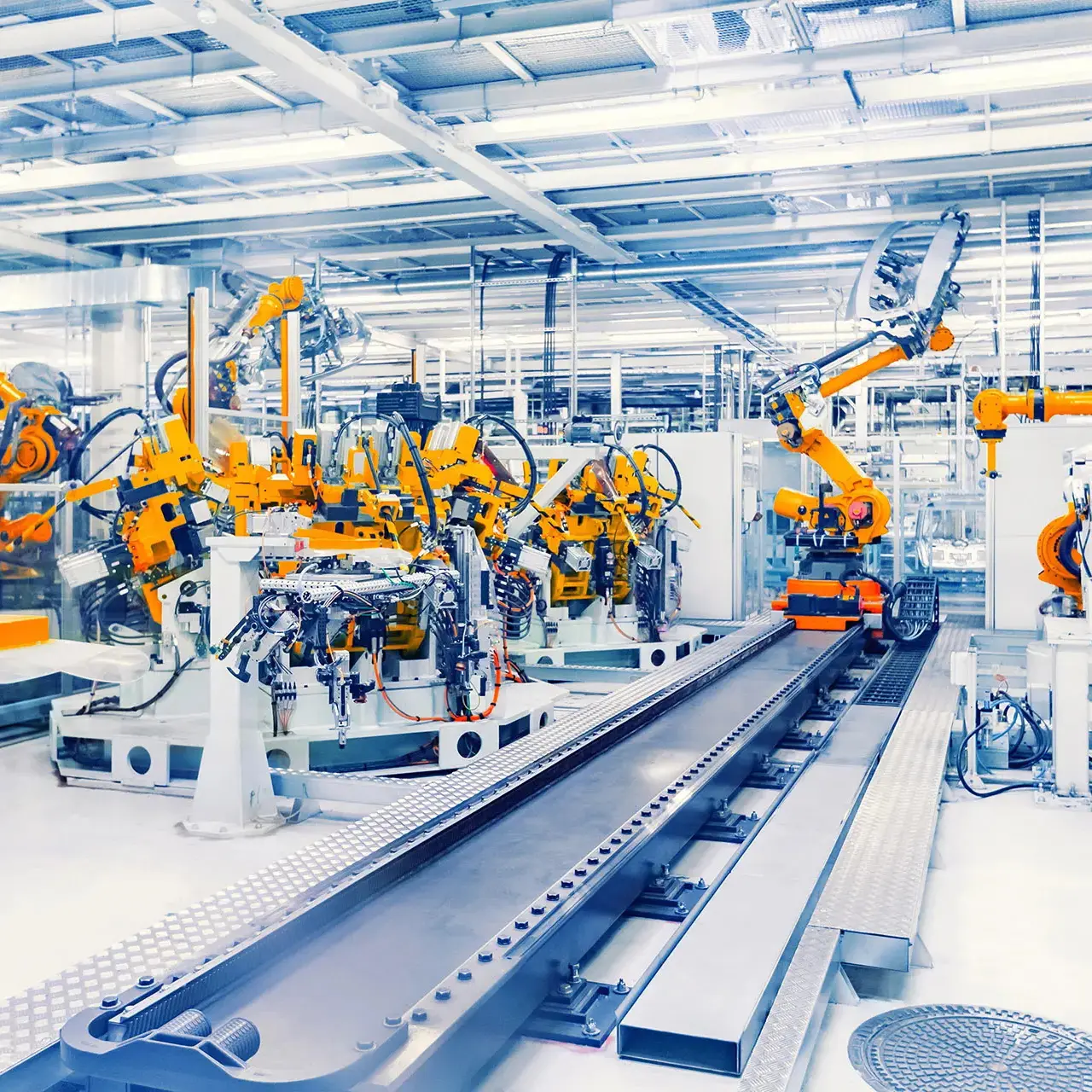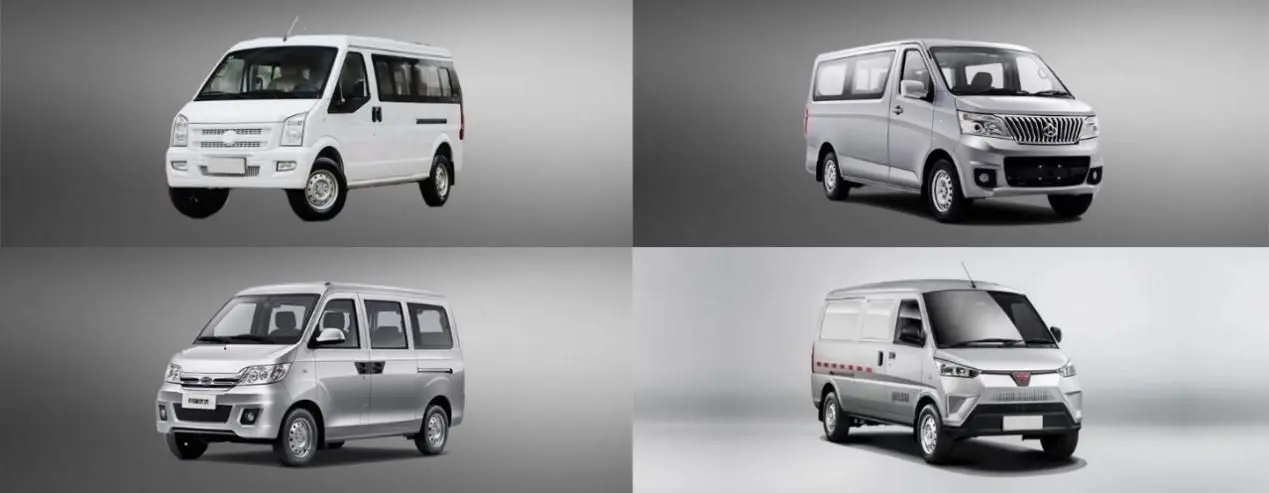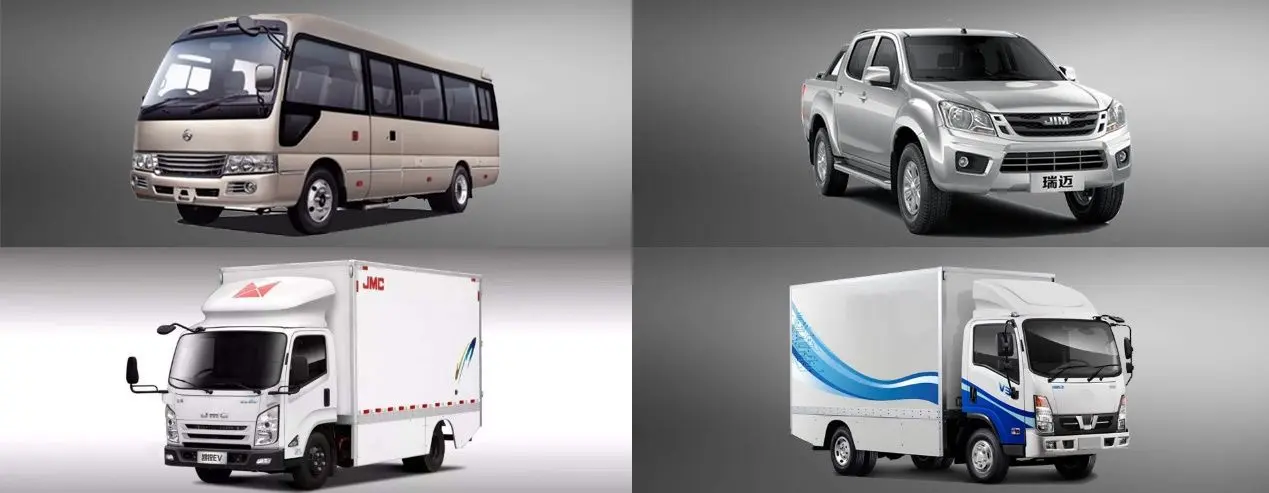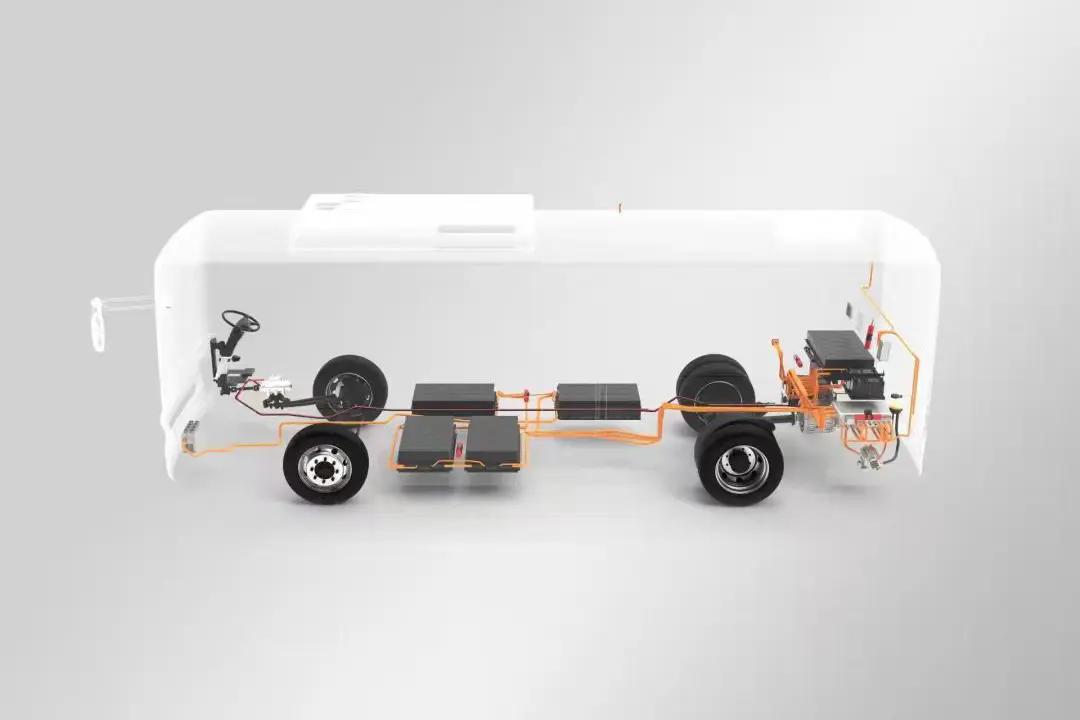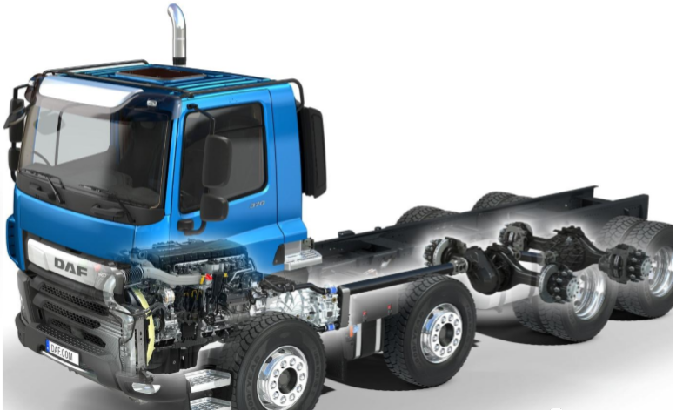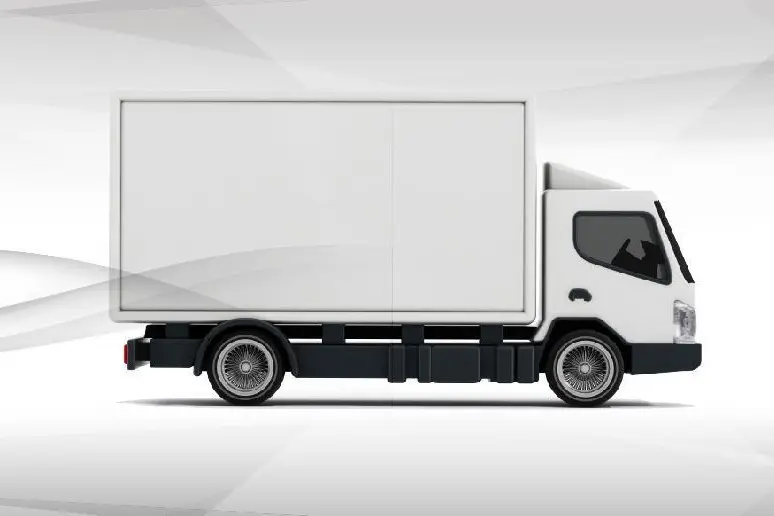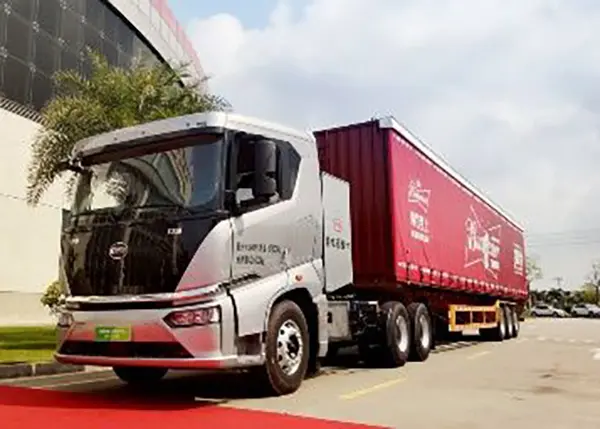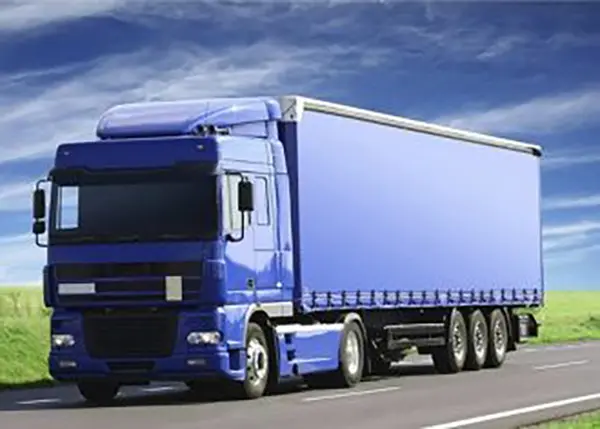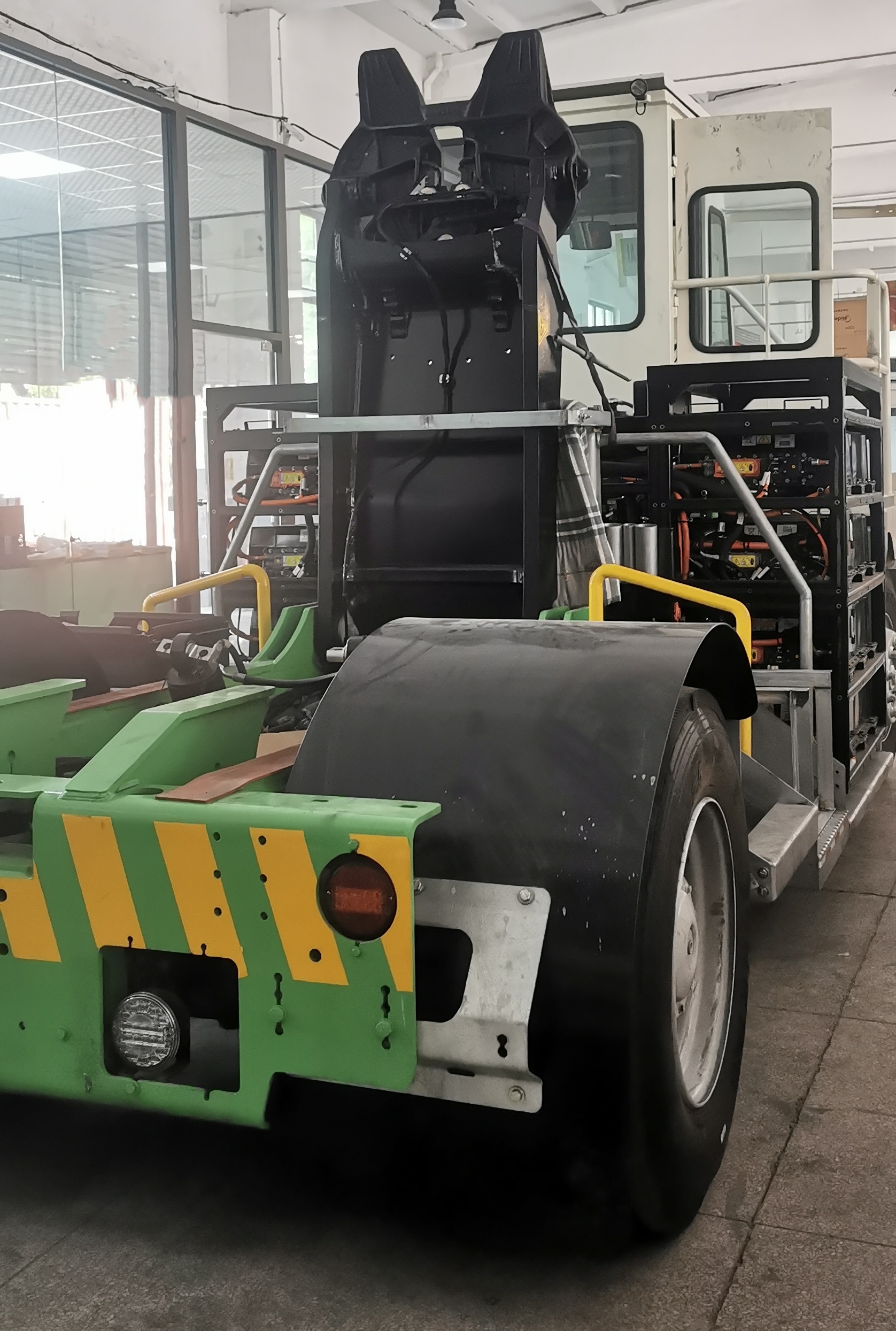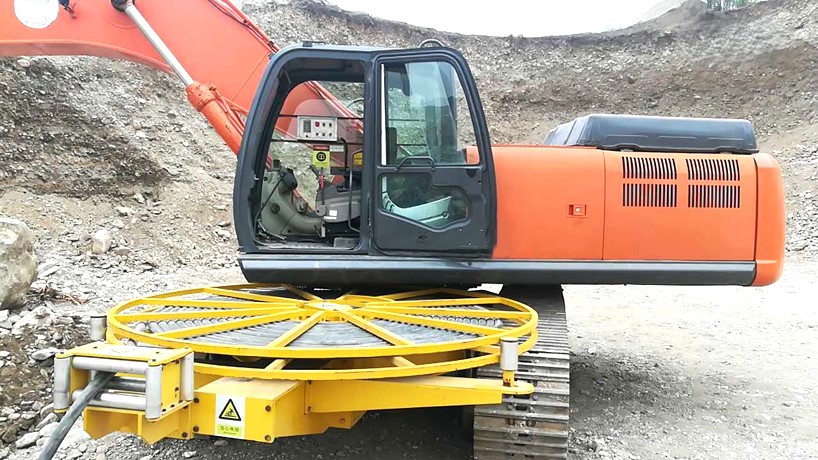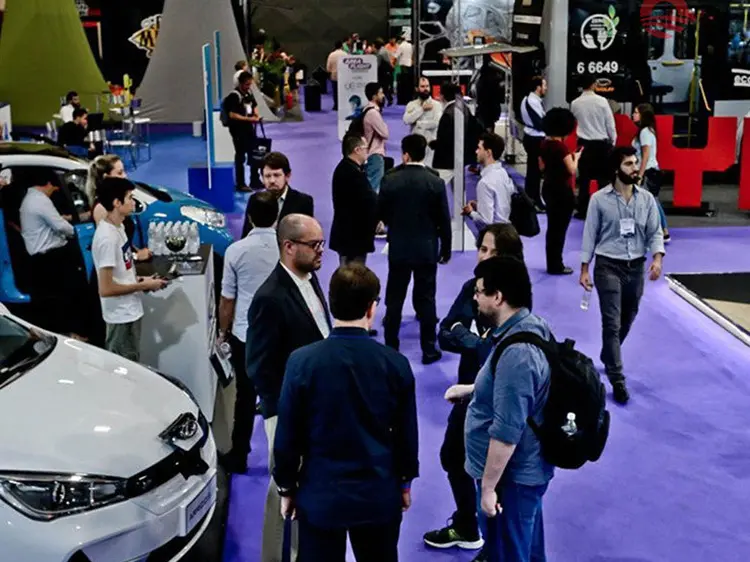Software-Defined Vehicles: Powering the Next Mobility Revolution
What Are Software-Defined Vehicles (SDVs)?
The automotive industry is undergoing a seismic shift, with one of the most transformative innovations being the Software-Defined Vehicle (SDV). At its core, an SDV is a vehicle where software, rather than hardware, dictates functionality and performance. Traditional cars are built with fixed capabilities—what you buy is essentially what you get. SDVs flip that model by making the vehicle's behavior dynamic and upgradeable via software.
Much like smartphones, SDVs can receive over-the-air (OTA) updates to improve existing features, fix bugs, or even add new capabilities. Whether it’s upgrading autonomous driving performance, enhancing infotainment systems, or adjusting energy management in electric vehicles (EVs), the potential of SDVs to evolve after purchase is a major game changer.
SDVs are not simply vehicles with embedded software—they're vehicles defined by it. From infotainment to drivetrain control, every domain in the vehicle increasingly depends on code.
The Core Architecture of Software-Defined Vehicles
The architecture of an SDV is built on a centralized, high-performance computing platform combined with a sophisticated software abstraction layer. This marks a departure from the legacy distributed ECUs (electronic control units) model, where dozens of independent modules managed isolated functions.
Key Components:
- Centralized Computing Unit: A powerful core processor (or cluster) that acts like the brain of the vehicle.
- Middleware Platform: Provides abstraction between hardware and software layers, enabling flexibility, compatibility, and modularity.
- Operating System (Automotive OS): Usually Linux-based (e.g., AGL, Android Automotive), this manages all software processes and enables secure communication between vehicle systems.
- Vehicle APIs & SDKs: These tools allow third-party developers and OEMs to build new apps and features on top of the core platform.
- Communication Protocols: Includes Ethernet, CAN, and automotive Ethernet for internal communication, plus 5G/DSRC/V2X for external connectivity.
This centralized and software-centric design makes it easier to roll out updates, support modular features, and future-proof the vehicle hardware.
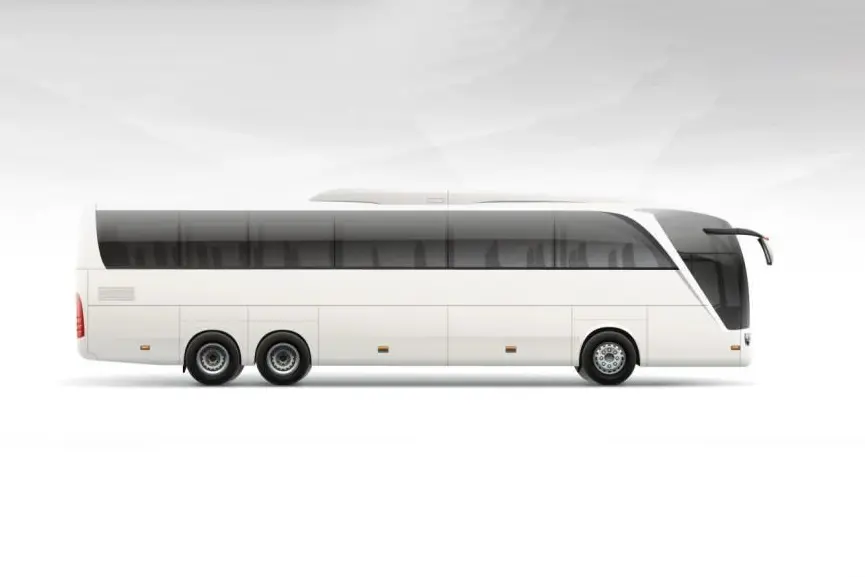
How SDVs Are Transforming Mobility
SDVs are not just a technical evolution—they’re reshaping how people and businesses interact with mobility. Here's how:
1. Dynamic Features and Personalization
Owners can subscribe to or purchase features on demand. Heated seats, driver-assist tools, or navigation features can be activated post-sale.
2. Fleet Optimization
For logistics companies, SDVs allow real-time analytics, predictive maintenance, and coordinated fleet updates, boosting operational efficiency.
3. Shared Mobility Integration
Ride-hailing and car-sharing services benefit from standardized platforms where vehicles can be configured instantly to meet use cases or user preferences.
4. Reduced Recall and Downtime
Instead of visiting a service center for recalls or firmware issues, SDVs enable OTA fixes, keeping vehicles safer and more reliable.
In essence, SDVs are enabling a more connected, intelligent, and responsive transportation ecosystem.
Key Technologies Enabling SDVs
Several converging technologies make software-defined vehicles possible. These include:
1. 5G and V2X Communication
With low-latency and high-bandwidth connectivity, 5G allows vehicles to communicate with infrastructure (V2I), other vehicles (V2V), and pedestrians (V2P).
2. Artificial Intelligence (AI) and Machine Learning (ML)
AI plays a crucial role in interpreting sensor data, enabling self-driving functions, predictive maintenance, and contextual infotainment.
3. Cloud Computing
The SDV ecosystem is tightly integrated with the cloud. Data is streamed to and from the cloud for analytics, updates, remote diagnostics, and more.
4. Edge Computing
Onboard edge processors handle critical real-time decisions—such as braking or obstacle detection—without relying on the cloud.
5. OTA (Over-the-Air) Update Systems
This allows seamless, secure delivery of new features, firmware updates, and bug fixes—keeping the vehicle up-to-date over its entire lifecycle.
6. Advanced Driver Assistance Systems (ADAS)
Sensors, cameras, radars, and LIDAR systems form the sensory network that enables SDVs to perceive and respond to their environment.
Benefits of the Software-Defined Approach
1. Future-Proofing Vehicles
Instead of becoming obsolete, SDVs remain current through updates, keeping their value longer and improving total cost of ownership.
2. Customization and Flexibility
Buyers can configure cars digitally—both at the time of purchase and afterward—mirroring app store models.
3. Improved Safety and Reliability
OTA updates address security vulnerabilities or software bugs without physical recalls.
4. New Revenue Streams for OEMs
Automakers can shift from a one-time purchase model to subscription-based and usage-based revenue models.
5. Enhanced User Experience
SDVs offer a seamless digital experience, from infotainment to personalized settings, fostering driver satisfaction and brand loyalty.
Challenges and Risks
Despite their promise, SDVs face significant challenges that must be addressed:
1. Cybersecurity Threats
With increased connectivity comes the heightened risk of cyberattacks. SDVs must include robust encryption, authentication, and secure boot mechanisms.
2. Software Complexity
Managing millions of lines of code across hundreds of components requires sophisticated versioning, testing, and integration practices.
3. Regulatory Compliance
Global regulatory frameworks are still catching up. Standards around data privacy, vehicle autonomy, and OTA update legality vary by region.
4. Legacy System Integration
Transitioning from traditional hardware-defined models to SDVs requires backward compatibility and bridging old and new technologies.
5. Consumer Trust
Some users are wary of software glitches, automatic updates, and digital subscriptions for physical car features.
Industry Trends and Leading Players
Leading Automakers and Tech Giants:
- Tesla: Pioneered the SDV concept with its OTA update strategy and integrated software platform.
- General Motors (GM): Launching its Ultifi platform to support software-driven vehicle services.
- Volkswagen: Developing VW.OS to unify vehicle software architecture.
- Ford: Focused on Ford Model e, emphasizing electrification and software.
- Mercedes-Benz: Offers Level 3 autonomous driving and advanced infotainment features powered by NVIDIA.
Tech Partners Driving Innovation:
- NVIDIA: Delivers high-performance chips for autonomous processing and visualization.
- Qualcomm: Provides Snapdragon Digital Chassis for connected SDV systems.
- BlackBerry QNX: Offers a secure OS widely used in vehicle software stacks.
- Amazon Web Services (AWS) & Microsoft Azure: Enable cloud-based services, data lakes, and analytics for SDVs.
Trends to Watch:
Open Source Automotive Platforms like AGL and Eclipse SDV.
Standardization Efforts by organizations like AUTOSAR and SOAFEE.
Rise of SDV Startups focused on domain controllers, AI driving stacks, and vehicle OS innovation.
What SDVs Mean for Car Buyers and Users
From the consumer perspective, SDVs bring both advantages and new dynamics:
1. Digital Ownership Experience
Users can manage their cars via mobile apps, receive real-time diagnostics, and control features remotely.
2. Subscription Features
Buyers may opt for features like adaptive cruise control or enhanced navigation as monthly services—similar to Netflix for cars.
3. Continuous Improvement
Instead of depreciating from day one, SDVs can improve with time, much like smartphones or smart TVs.
4. Improved Resale Value
Vehicles that stay current through updates are likely to hold more value over time.
5. New Buying Criteria
Consumers now compare cars not only on horsepower and torque but on software support, digital ecosystem, and update frequency.
However, privacy concerns, data ownership, and long-term cost of subscription features remain crucial considerations for end users.

How SDVs Fit into the Broader Future of Autonomous and Electric Mobility
SDVs are not an isolated trend—they’re a central pillar in the convergence of autonomy, electrification, and connectivity.
Autonomous Vehicles (AVs)
Software is the brain of autonomy. From Level 2 (partial automation) to Level 5 (fully driverless), an SDV platform is non-negotiable for AV success.
Electric Vehicles (EVs)
SDVs simplify EV management by digitally optimizing battery use, charge cycles, and energy recovery. EVs also benefit most from centralized architectures due to fewer mechanical constraints.
Smart Cities & Mobility-as-a-Service (MaaS)
SDVs can seamlessly integrate into smart infrastructure and shared mobility platforms. With V2X connectivity, cars become part of a real-time, data-driven urban mobility network.
Sustainability Goals
SDVs support decarbonization through intelligent route planning, fleet optimization, and efficient energy consumption—all key to reducing the carbon footprint of transportation.
Conclusion
Software-Defined Vehicles are more than a trend—they are the foundation of a new mobility era. By decoupling vehicle functionality from hardware constraints, SDVs unlock unprecedented flexibility, personalization, and continuous innovation.
While challenges like cybersecurity, complexity, and regulatory ambiguity remain, the trajectory is clear: vehicles are becoming platforms, where software not only runs the show but also continually redefines it.
For automakers, this represents a shift from manufacturing to mobility service providers. For consumers, it means driving a vehicle that evolves with their needs. And for the world, it signals a leap toward safer, smarter, and more sustainable transportation.
The SDV revolution is not just coming—it’s already here. And it’s powering the next great mobility transformation.











